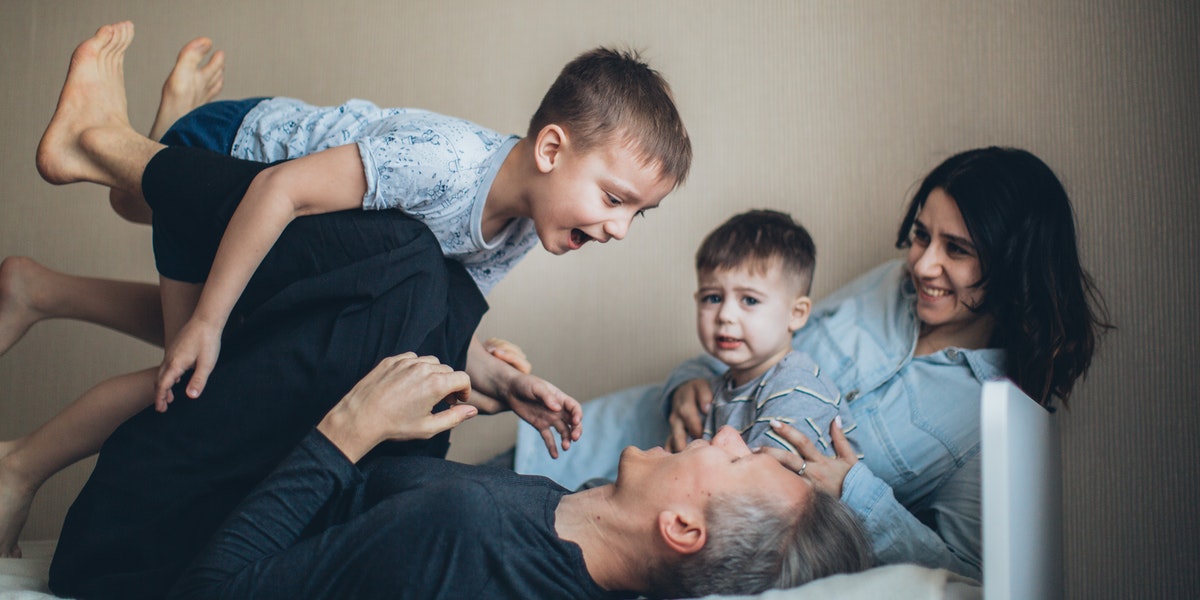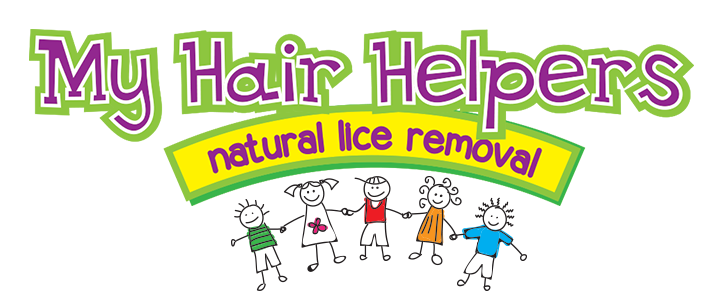If you find out that your child has head lice, it’s easy to get upset. The thought of tiny parasites making a home on your child’s head is unsettling, and this can lead to poor decisions. To make matters more stressful for parents is that there is a lot of misinformation about head lice. In reality, head lice have nothing to do with being clean or dirty, and they do not transmit diseases. Lice are also 100% treatable.
Here is your no-stress guide to head lice treatment for your family.
Get the Facts: Know How Lice Spread
Before you start treatment, it’s helpful to know how your child got lice in the first place. Understanding how they spread and their life cycle allows you to be more proactive in preventing them next time.
Head lice don’t fly or jump – they are fast crawlers that move from one head to the next. For this reason, the majority of head lice cases are caused from head-to-head contact. This means your child probably touched heads with someone in their classroom, daycare center, sports team, etc. who had lice.
Get a Hold of the Problem Before it Spreads to Others
By the time you find out your child has lice, your family has already been exposed. So, it’s possible that someone else in the home has lice, but it’s not a guarantee. This is why nit combing is the best prevention strategy you have.
After learning your child has lice, do the following:
- Avoid hugging or close contact, particularly between siblings
- Check other kids and adults in the home using a nit comb
- If you find lice or nits on anyone else, they will need treatment
- Wash hats, pillow cases and other similar items in hot water
- Sanitize combs, brushes, hair accessories, etc.
- But…you do NOT have to disinfect your whole home because transmission of head lice from objects and surfaces is rare
Familiarize Yourself with the Life Cycle of a Louse
Lice look different based on what stage in the life cycle they are in.
- Head lice eggs, or nits, are firmly attached to the base of the hair. They are oval-shaped and difficult to see with the naked eye. Usually, you need a magnifying glass to see them.
- When the eggs hatch, they are called nymphs. They are greyish-white in color and go through three stages before becoming an adult louse.
- Adult lice are the easiest to see, but even they can be incredibly small and transparent. Head lice are tan-colored and can be seen moving in the hair.
To get rid of head lice, you must destroy all three life cycles. A lot of times, nits survive head lice treatments and end up hatching a few days later, creating a new infestation. This is why it’s important to choose the correct treatment and follow the instructions.
Review Your Options for Head Lice Treatment
There is no shortage of head lice treatments, but not all are created equal. We advise against using over-the-counter head lice products for two reasons. First, many contain harsh ingredients that are not necessary to kill lice. Second, lice are becoming increasingly resistant to OTC products.
We recommend using natural products like those from My Hair Helpers. Our products are made from safe, nontoxic ingredients – and they work! In fact, we have a Lice Free Guarantee and Lifetime Protection. We do recommend two applications in order to kill the nits. And, don’t forget to keep combing your child’s hair! It’s one of the best prevention tools we have!
Get Rid of Head Lice for Good with My Hair Helpers
My Hair Helpers serves Southern California. We have a clean, welcoming salon where we provide head lice checks and treatments for the whole family. For kids who prefer the privacy and comfort of home, that’s fine, too! Our mobile service will bring our professional nit pickers and head lice treatments to your home.
If you don’t live locally, check out our products on Amazon. You get the same quality ingredients delivered to your doorstep, as well as a money-back guarantee. Our website also provides a lot of great resources on how to use our products and stay lice free for good.


